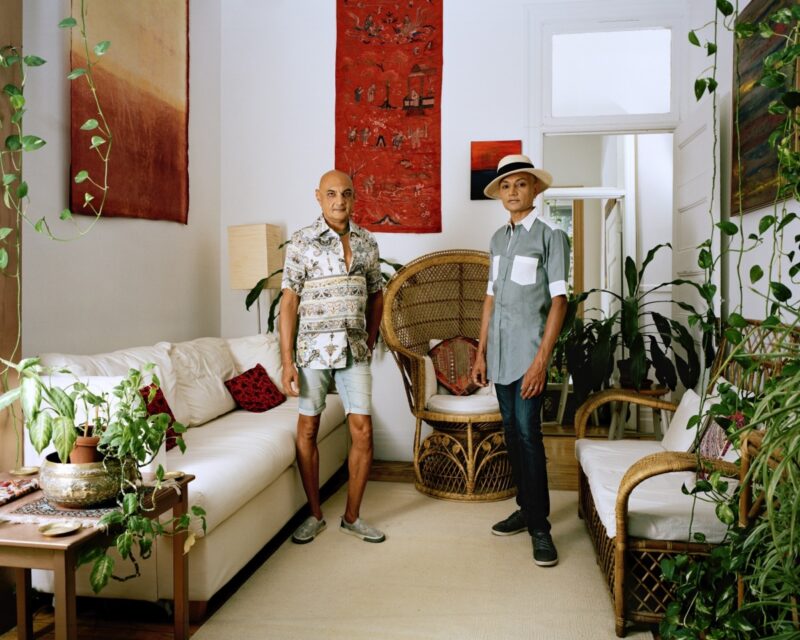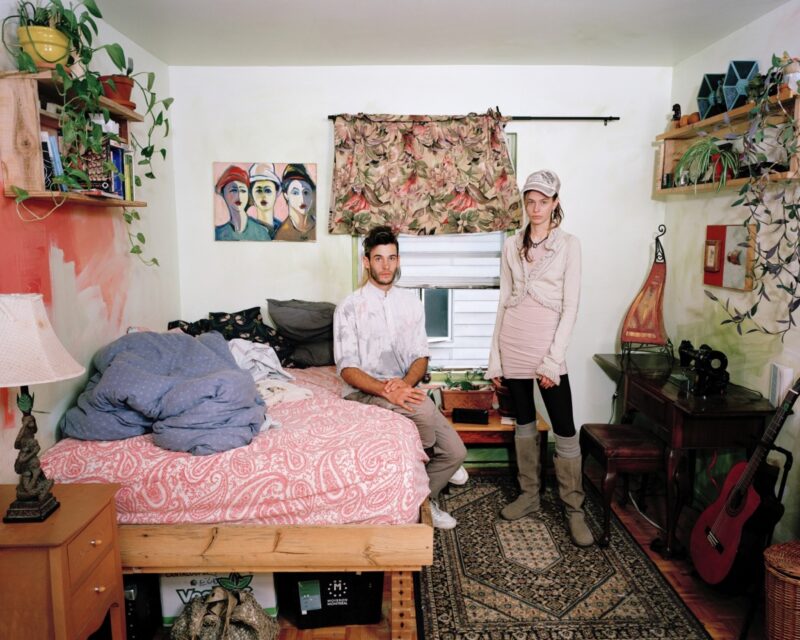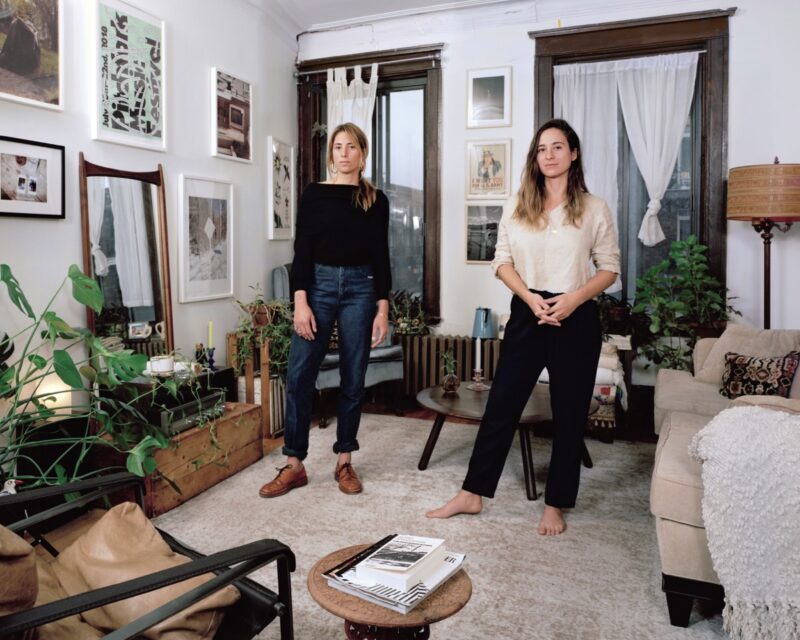[Fall 2024]
Birth Order
by Michel Hellman
[EXCERPT]
Our family environment, including the order in which we are born, plays a fundamental role in our identity construction as we grow up. This is what the photographer Eric Tschaeppeler explored in his exhibition Birth Order, presented at the Maison de la culture Janine-Sutto: the relationship among siblings and the determinative effect that the order among youngest, middle, and oldest child will have on personality, or even on fate. “The sibling relationship is often the longest one we will have in our lifetimes,” he writes in the exhibition brochure. “We think we are free, but we are born into a world where others have expectations and plans for us. Birth order is another influence [and it] stays with us for life.” Tschaeppeler illustrates this statement with captivating photographic portraits that show Montrealers of different ages, social classes, and neighbourhoods, all of them siblings.
The exhibition fits within a broader approach to the subject that so fascinates Tschaeppeler: the dynamics of family relations. His other projects can be found on his website:
Child Free, for example, shows individuals and couples who have chosen not to have children;
It Takes a Village is about family responsibility; and
Unrequited Love recounts couple dynamics. The technical approach to these different photographic projects is similar. He recruits his subjects through classified ads and photographs them at home with a full-frame camera and meticulous lighting that brings out all the details of the setting. So, his photographs are carefully staged and not random snapshots. Aside from the series
It Takes a Village, which is in black and white, sometimes with a person out of focus in the background, his series feature high-quality colour photographs inkjet-printed on large-format archival paper.
His works, which fall into the portrait genre, are also documentary in nature. Although he does not portray himself in his work, Tschaeppeler clearly underlines the autobiographical dimension that influences him. He says that the idea behind Birth Order came to him when his brother fell ill during the pandemic and had difficulty finding appropriate medical care. This event got him thinking about his relationship with his brother, and about the fragility of life.
At the entrance to the exhibition, one was struck by its stripped-down look in the gallery. The works were all the same size and titled simply with a family name. It was a plain, unadorned presentation that got straight to the point: Tschaeppeler was showing his subjects in their private spaces. We looked at the images as if we were strolling on the street and watching scenes of Montreal life through the windows of a building. The composition of the photographs, with different interiors and some rather colourful figures, was striking. We saw young children, adults, and older people in bedrooms, stylish living rooms, or cluttered kitchens. Influenced by the title of the exhibition, we tried to find resemblances among those whom we imagined to be members of a single family; we tried to guess who was the big brother or big sister, who was the youngest or the oldest (“The oldest one is always the one with the least beautiful smile,” said my twelve-year-old son, himself the oldest of three). We also got nosy, lingering over each object, giving it special meaning. This was in fact Tschaeppeler’s stated goal: to leave it up to viewers to build their own story. He notes that “clues” made it possible to guess that there were sometimes absent or dead people in his family portraits, as well as portrayals of less-traditional sibling relationships (blended families, adopted children).
This incursion into the privacy of varied families was captivating, but perhaps also perplexing. Can it really be said that these people, so different from each other, are connected by the influence exerted (or to be exerted in the future) by their birth order? On the gallery walls, quotations taken from a book by Frank Jones Sulloway (an “evolutionary psychologist”) promoted this idea. According to Sulloway, “Siblings raised together are almost as different in their personalities as people from different families. Firstborns appear to be more similar to other firstborns than they are to their own younger siblings.” This notion seems a bit outré, and it has not been solidly documented (Sulloway’s ideas have been challenged by other researchers). In any case, no one who has grown up with siblings can deny that they have had some sway on their character. Beyond the statement, perhaps overstated, about the actual scope of the impact of birth order on human development, Tschaeppeler’s idea of addressing this subject through a photography project is certainly original. Translated by Käthe Roth
[ Complete issue, in print and digital version, available here: Ciel variable 127 – SISTERS, FIGHTERS, QUEENS ] [ Complete article in digital version available here: Birth Order]




